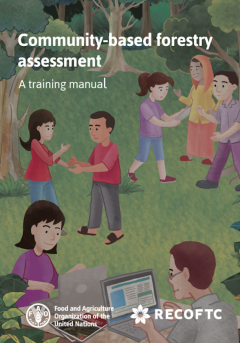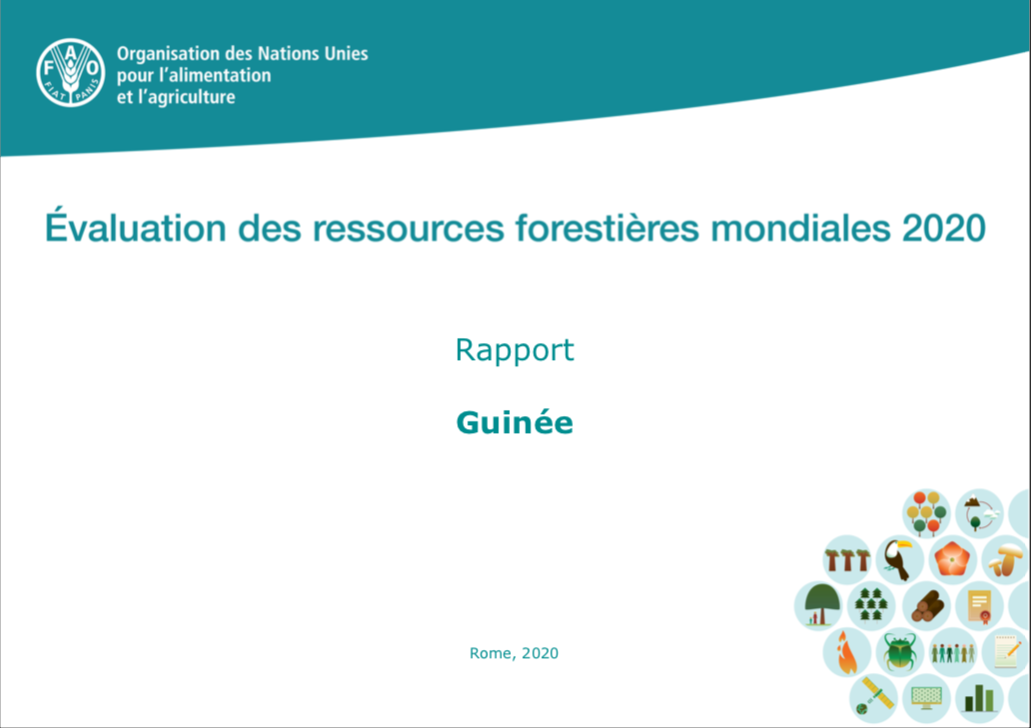Focal point
Location
The Food and Agriculture Organization of the United Nations leads international efforts to defeat hunger. Serving both developed and developing countries, FAO acts as a neutral forum where all nations meet as equals to negotiate agreements and debate policy. FAO is also a source of knowledge and information. We help developing countries and countries in transition modernize and improve agriculture, forestry and fisheries practices and ensure good nutrition for all. Since our founding in 1945, we have focused special attention on developing rural areas, home to 70 percent of the world's poor and hungry people.
Members:
Resources
Displaying 41 - 45 of 5074Community-based forestry assessment
In 2019, the Food and Agriculture Organization of the United Nations (FAO) published a framework to provide important insights into the successes and shortcomings of community-based forestry at the country level. A framework to assess the extent and effectiveness of community-based forestry also helps national governments determine and track the extent and effectiveness of the wide array of CBF initiatives.
Évaluation des ressources forestières mondiales. Rapport Guinée
Depuis 1946, la FAO assure un suivi des ressources forestières mondiales tous les 5 à 10 ans. Les évaluations des ressources forestières mondiales (FRA) sont désormais produites tous les cinq ans afin de fournir une approche cohérente pour décrire les forêts du monde et leur évolution. FRA est un processus piloté par les pays et les évaluations reposent sur les rapports préparés par les correspondants nationaux nommés officiellement.
Land Degradation Neutrality in Small Island Developing States. Technical report
Small Island Developing States (SIDS) are continuously under the threat from the adverse effects of climate change and land degradation impacts. Erratic climatic patterns have made daily weather previsions unreliable and are becoming a challenge for communities to take appropriate timely and preventive measures. Land degradation directly increases CO2 emissions, contributing to climate change and vice versa.
Land Degradation Neutrality in Small Island Developing States. Briefing Note
Many Small Island Developing States (SIDS) have committed to establishing national voluntary LDN targets. By establishing LDN targets, SIDS have defined their ambitions and key priorities to address land degradation. The LDN target setting process allowed national stakeholders to systematically analyze the causes and effects of land degradation and to come up with evidence-based decisions on what is desirable and feasible to avoid, reduce or reverse land degradation by 2030.
Peatland mapping and monitoring: Recommendations and technical overview
Peatlands cover only 3 percent of the world's surface yet contain as much carbon as all of its vegetation, dramatically underscoring their pivotal role in global climate regulation. Their degradation, by drainage or fire or other forces, triggers their conversion from slow carbon sinks into fast sources capable of releasing carbon stored over millennia in a few decades. To avoid their degradation and effectively plan their restoration, peatlands should be urgently mapped and monitored.









